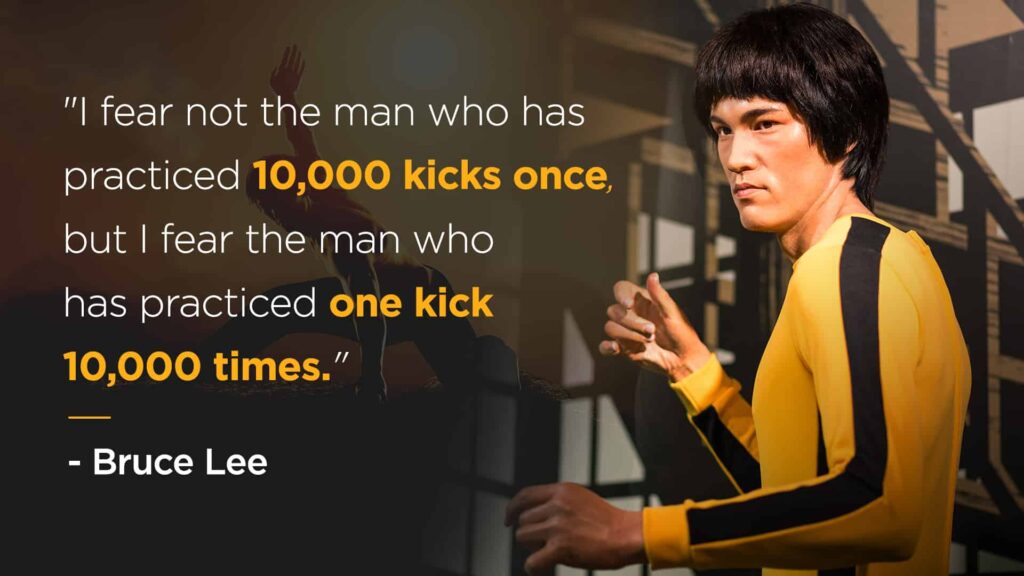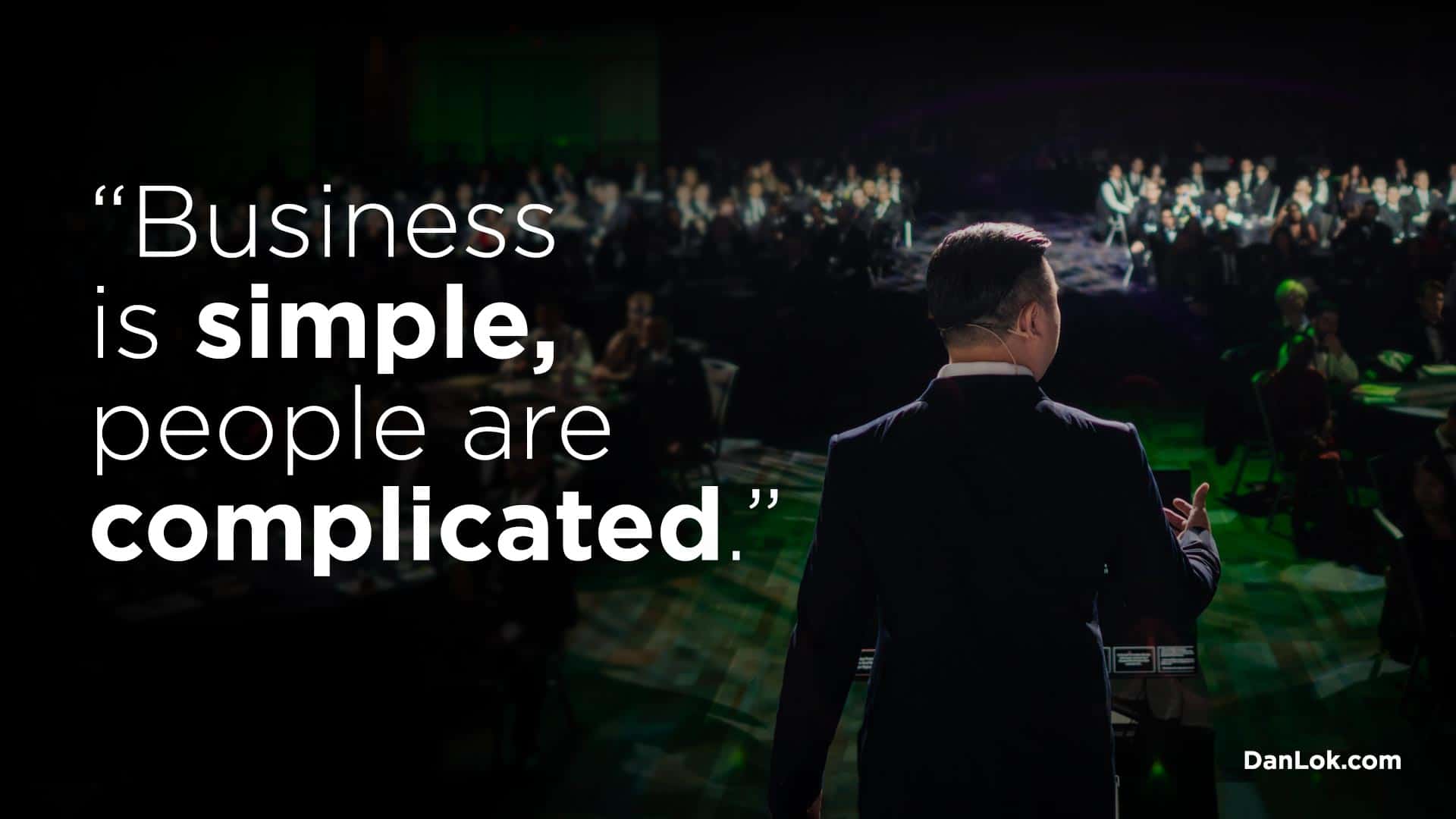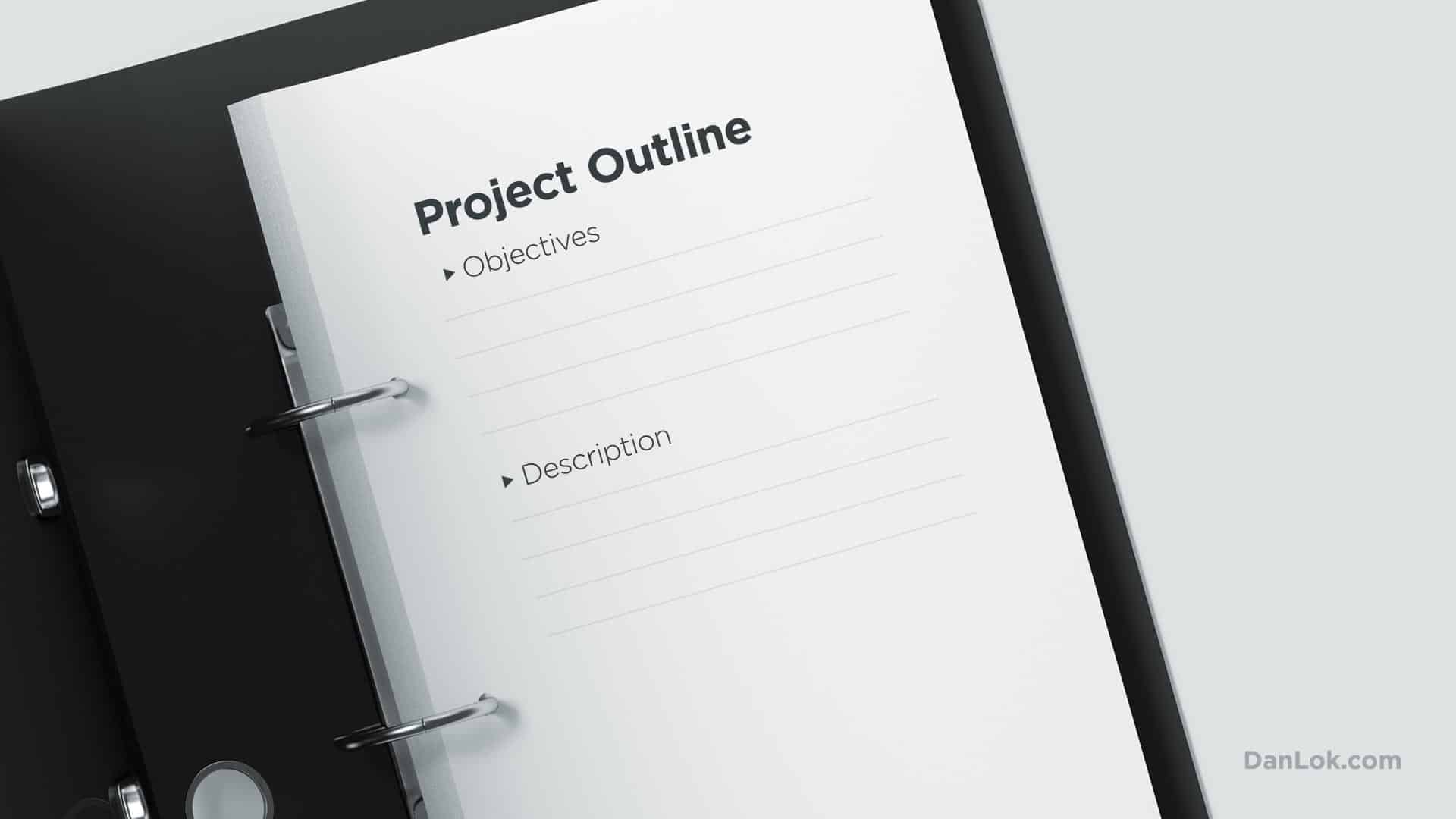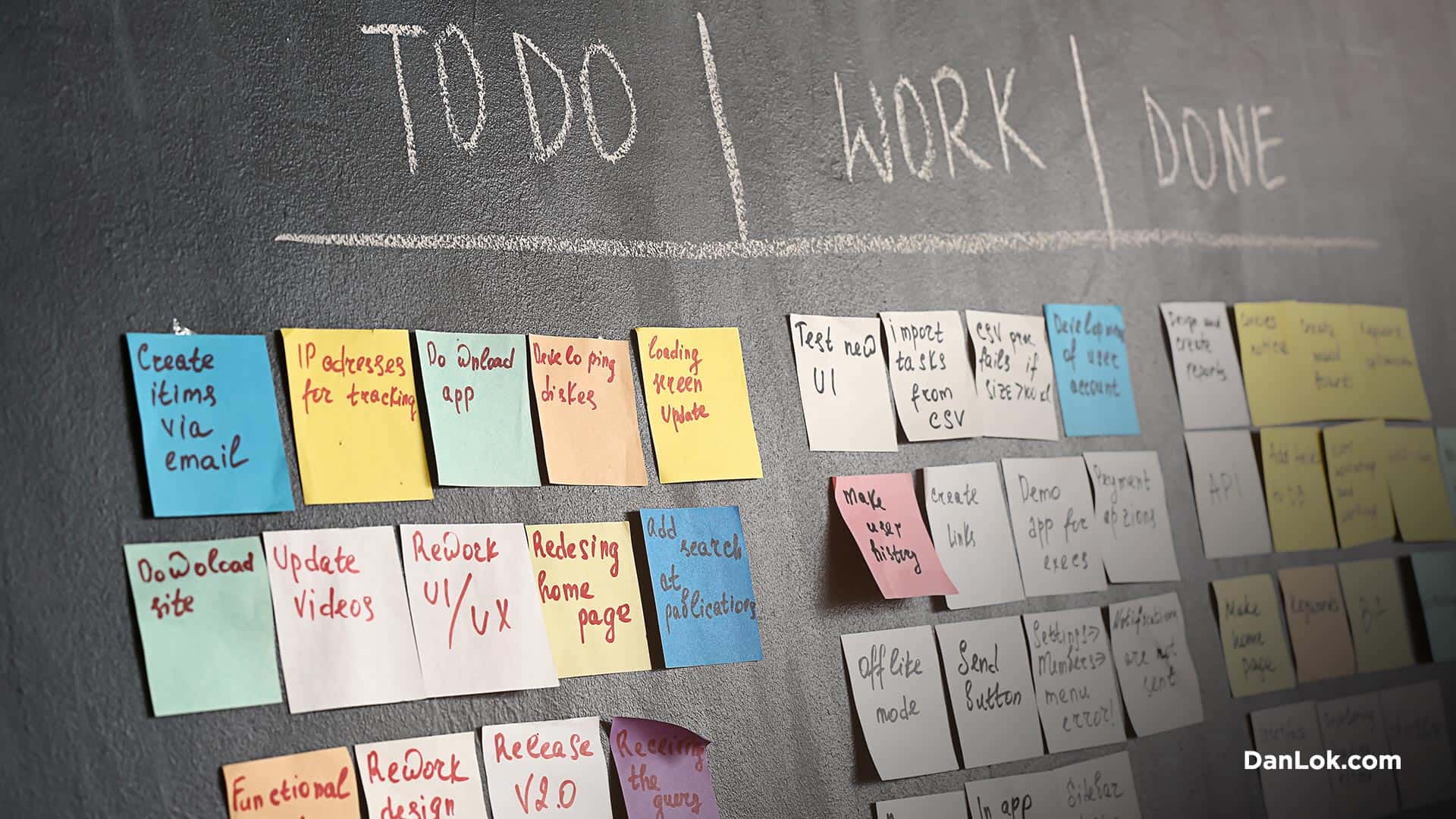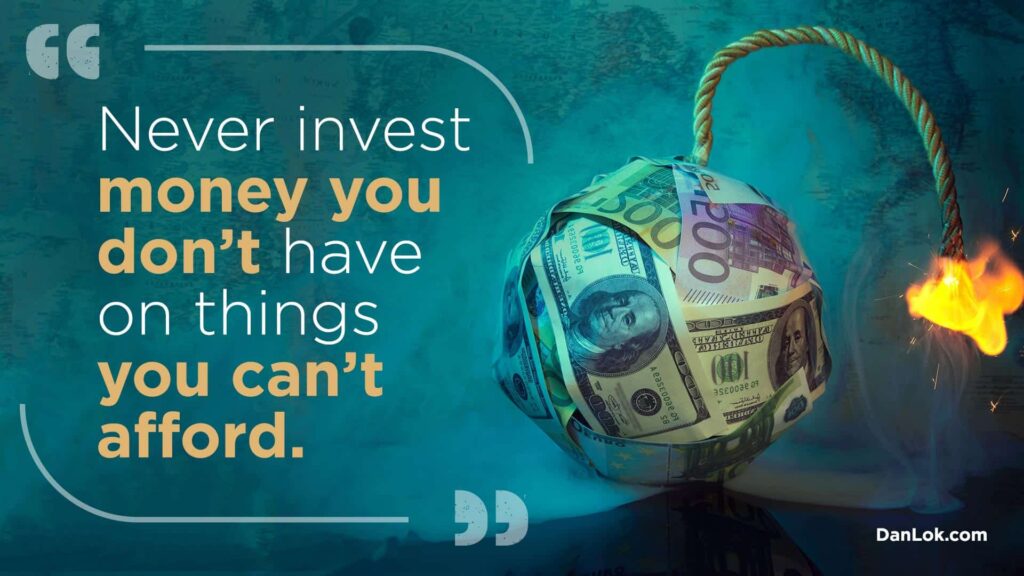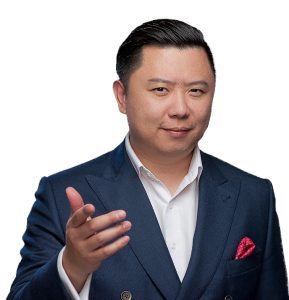How do the rich manage their money? What can you learn from them, in order to handle your money better?
Most people think to have a nice lifestyle, they need to make a million dollars first.
But is it possible to live like the rich even if you don’t make a million dollars?
You’re probably wondering how long it would take you to save up every nickel, every dime you have lying around? How long would it take, before you can buy a Ferrari, Gucci watch, or Hermes purse? But what if you could live like the rich without giving up vacations and without saving up each and every dollar you make?
If you know how the rich manage their money and follow their steps, you can afford a nice life without being a millionaire. Rich people do three things: earn money, save money and invest.
The problem is, most people do at least one of those three in the wrong way. They handle their money wrong, that’s why they feel poor. They become cheap and focus on saving every last cent. That’s why they develop a scarcity mindset. The problem is, living with a scarcity mindset won’t program your mind for wealth and abundance.
With that kind of mindset, you won’t become a millionaire.
So what do I suggest? My recommendation is to learn from other rich and wealthy people. Let’s see, how do the rich manage their money?
How To Earn More Money
Rich people don’t earn their money from a job. Actually, J.O.B. stands for “just over broke”. With the income of a regular job, you can’t get rich. Think about it, how many people do you know who work full time – or sometimes even two jobs – and still struggle?
Jobs these days aren’t meant to get you rich. They just keep you somewhat alive. That’s why getting more jobs is not how the rich manage their money.
They focus on developing their skills and building scalable businesses. They know that money comes from the value they create.
They have ways to slowly detach their income from their time. So while an employee has to trade time for money, the rich find ways to increase their earnings without working more.
How To Save More Money
How do the rich manage their money in terms of savings?
Saving money isn’t just about collecting all your loose change. Because at the end of the day, a dime is still a dime, and a quarter is still a quarter. Most people think that the way to save themselves to riches is by putting money aside in savings, mutual funds or other investments.
Or, to be more extreme, they clip coupons. They sell items they don’t need to earn a few bucks here and there. Then they start to suggest cheap activities when meeting up with family and friends. But the problem with these actions is, you train your mind to think in scarcity. You constantly feel like resources are limited and you can’t make ends meet. It’s a very limiting mindset.
But, rich people think in abundance. They aren’t cheap. They know they can increase their earnings, that’s why they also increase their savings. But they still spend some money on nice things. They know limiting themselves doesn’t get them the… Share on XThey save but they are smart about it.

How To Invest Your Money
The final part of how the rich manage their money is investing.
Rich people focus on high-return investments, like stocks and real-estate (tax lien certificates are especially popular with ultra-affluents).
They never invest more than they can and only put their money into things they understand. That’s why I personally never invest in Bitcoin or anything like that. I don’t understand it and can’t check if it would get me the results I want.
So, investing doesn’t mean to be risky and lose all your money. That’s what most people get wrong. On the news, they see how people lost all their money in investments and think that’s the only truth.
But the real truth is, you can start out with a few hundred dollars and steadily build the habit of investing.
So, if you want to manage your money like the rich do, here are the four goals you want to work towards:
Goal 1: Increase Your Earning Ability
Point number one, on how the rich manage their money, is to increase their earning ability.
The secret to living like the rich, enjoy life and buy nice things is to increase your earning ability every year.
The best way to do that is to develop a high-income skill, such as copywriting or high ticket closing. These skills can get you an income of $10,000 or more a month. If you have a high-income skill, you want to increase your yearly income by 10 percent at least.
So you hone your skill day by day and increase your earning year by year.
The rich manage their money well because they constantly improve their skills. They ensure that their earnings grow constantly.
How To Increase Your Income
The key to this plan is to increase your earning ability. What you need is a scalable business and a high-income skill. A high-income skill allows you to earn money, even when the economy is bad. The scalable business allows you to earn more money in less time.
The high-income skill is what you fall back on whenever you need more money. It’s a very safe way once your skill has reached a certain level.
Next, train yourself to set money aside. Some entrepreneurs open a bank account so they can make deposits but not withdrawals. This is where they put their business income. It takes discipline, but with this system, their income will grow.
Their spending can also increase because their business and income are growing. This is the psychology of money. Never spend more than you earn, obviously. Actually, that’s one of the number one reasons while people are stuck in jobs they hate.
They spend more money than they earn, so with their next paycheck, they pay the credit from last year. They repeat this every month and can’t get out.
Spend your money on nice things, but do so wisely.

Develop Financial Confidence
Also, develop financial confidence. This means, in business deals, you appear confident, not desperate. If your prospect doesn’t do business with you, it doesn’t affect you. You have the mindset that your prospect has the problem and you’re the one presenting them with a solution.
Financial confidence also means, that you know you can make money anytime you need it. Your high-income skill is well developed and independent of the current economy.
With this attitude, any money will come to you faster because money goes to those who don’t need it. You can charge higher prices for your offer because you can produce the results. People will want to do business with you because success attracts success. Then, when you have money, you can save and invest it.
Most people have a rainy day account that’s about 3 to 6 months of savings. It’s up to you how much to set aside. A measure of your wealth is if you were to stop working today, how long could you survive financially?
You can’t get rich looking poor. If you charge more for your offers, you up your game. You look more professional. You won’t have a second chance to make a first impression.
Goal 2: Save More Than Last Year
What else can you learn from how the rich manage their money?
They know that saving money alone won’t get them rich. Still, they focus on saving more than they did last year.
This doesn’t mean to hold onto every last penny – as I said, you don’t want to live in scarcity. It simply means to improve year by year.
Every year you should save more than you did the year before.
The thing with saving is, you have to increase it year by year. Because of inflation, your money loses a little bit of value each year.
So if you don’t increase your earnings and your savings, you are losing money because of inflation.
The saved money sits on your bank account and is worth less and less. You need some savings for safety reasons but I don’t recommend to save all your money.
Goal 3: Increase The Amount You Save By Percentage
Tipp number three on how the rich manage their money: they calculate their savings according to how much they earn.
Increase the amount you save by a percentage of your income. This is a very important point in managing your money well.
You don’t need to be cheap and frugal to save up. Focus instead on increasing your earning ability by following the ratio and setting aside a percentage of your income to invest.
By setting these three goals, you will increase both your income and the amount you can spend. You can enjoy life. Buy nice things. No one looks good in a cheap suit, so buy nice things.

How Much You Should Save?
The amount you save matters. If you make less than $40,000 a year and save 10 percent of your net income, this amount won’t mean much in 20 years with an inflation rate of about 2 percent a year. You’ll need to keep increasing your income and… Share on XYour target amount to save depends on your income.
I generally recommend these frames:
- if you earn less than $50,000 a year you want to save 10%
- if you earn more than 50,000$ but less than 100,000$ you want to save 15%
- if you earn more than 200,000$ but less than 500,000$ save 25%
- if you earn more than that but less than 2 million, save 35%
- if you earn between 2 million and 5 million you want to save 40%
- finally, if you earn 5 million or more, you should save 50%
Do you see how the increased earnings also increase the savings? This is a vital point.
After you’ve saved your target amount, you can spend and blow the rest as you choose to reward yourself.
Set Money Aside For Spending
The problem is, most people make X amount of dollars but they spend even more. Their attitude is they can buy whatever they want. But that won’t get you rich. The truth is, it doesn’t matter how much they spend as long as they spend within their target amount and save much more.
So, what I recommend is this. For every dollar you earn, some percentage goes into your savings account. And at least 10% should go into your spending account. That is the part you can spend freely, just for fun. Having that kind of “fun” money will give you additional feelings of abundance.
10% sounds like a lot for most people. Mainstream financial advisers recommend putting 1% of your earnings in your spending account. I think that’s bad advice as it will again, train your mind to think in scarcity.
As long as you don’t spend all your money, you are okay. Don’t be cheap, allow yourself to spend money on fun things.
Goal 4: Focus On High-Return Investments
How do the rich manage their money? They focus on earning more, they focus on saving more and finally, they make high-return investments.
For such investment, you need little cash and possibly get very high returns. Sometimes a few hundred dollars are enough to start out.
Most ultra-affluents, they do this by investing in tax lien certificates. With this kind of investment, they earn government checks of 16%, 18%, up to 36% interest.
These kinds of investments aren’t really known by the general public. It’s a secret technique the wealthy use. What is it about?
Tax lien certificates are a great way to invest, especially in North American real estate. You are basically buying other people’s debt from the state and get high returns on that. All interest from the tax lien certificate goes to you. Your investment is basically protected by law.
Do you see how it would benefit you to learn these investment strategies that the rich use? You can’t find this online or in any investment book.
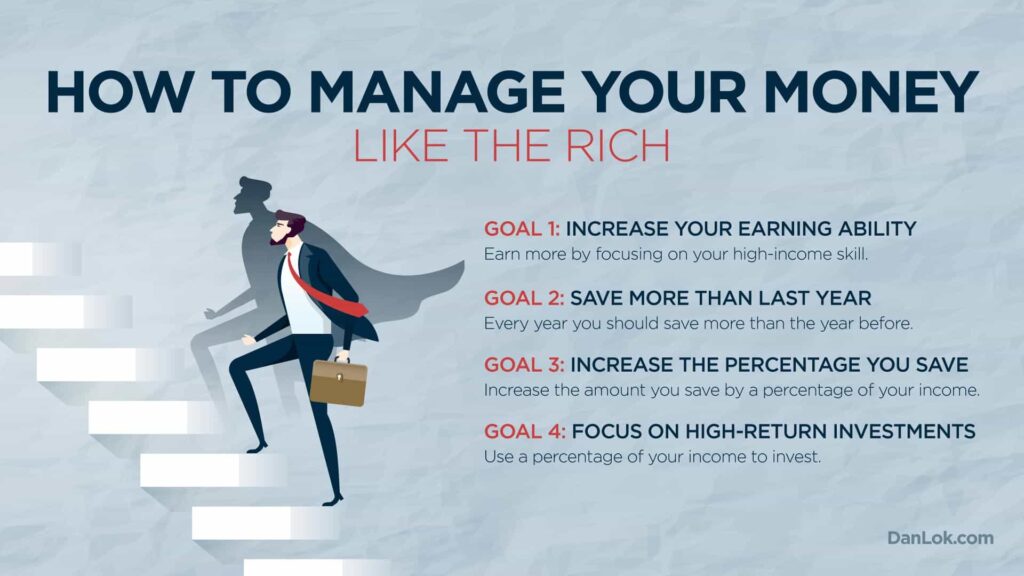
Focus On High-Return Investments
If you focus on high-return investments you increase your earnings even more. In addition to the income from your high-income skill and scalable business, you now also earn money from your investment. That’s how the rich manage their money.
If you invest as the rich do, then it’s a very safe investment that will earn you money steadily.
And because you earn even more money now, you can also save more. Again take a percentage from the investment wins and put it into your savings. Some money should also be left to spend on fun. You are allowed to have nice things,
That’s why they manage their money well. They learn new strategies to grow their income.
How Can You Invest Like The Rich?
Now, you know how the rich manage their money. How can you make this possible for yourself?
When it comes to investments, there are ways to start out with only a few hundred dollars. Investing is a skill and a habit, the sooner you teach your brain to think like an investor, the better.
If you invest, let’s say 100$ and get a return of 12%, guess what, you just increased your money. Again, you are training yourself to think in abundance.
Are You Ready To Learn From The Rich?
So, to manage your money like the rich, do what millionaires do. Increase your earning ability. Save more than you did last year. Increase your savings each year by a percentage and finally, focus on high-return investments.
These are the tips I teach all my students who want to have a millionaire mindset.
There is one more thing the rich do. They never shy away from investing in themselves.
What if I told you that from February 23rd to 24th, you have to chance to learn the investment strategies of the ultra-affluent? This is a once in a lifetime chance, to learn about tax lien certificates. These kinds of investments produce checks of 16%, 18%, up to 36% interest.
Frankly, those investment secrets are very guarded, hardly anyone knows about it. And the banks would love to keep it that way. Learning this is an investment in yourself, that pays off for years and years to come.
If you want to manage your money like the rich, this is the perfect chance.
Seatings are sold out by now, but you can get your hands on an exclusive lifestream ticket. With the lifestream, you’ll also get access to a full recording – yours to keep. Check out the details here.





